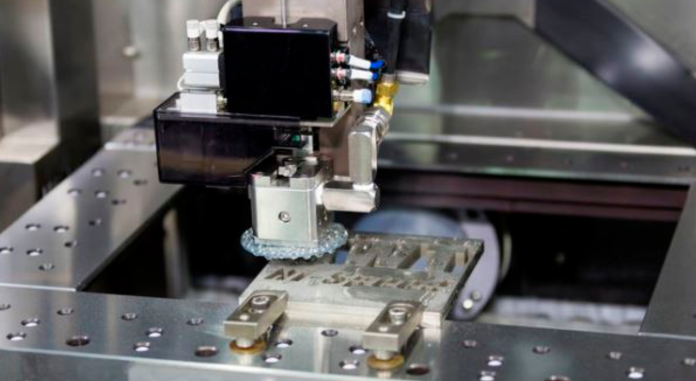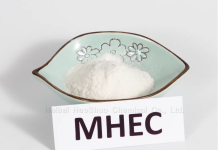Which incorporate polyolefin or polystyrene. TPR is well-known for rubber adaptability and strength, even as additionally being flexible and recyclable like plastics.
This particular aggregate makes TPR suitable for a wide variety of packages, such as footwear, automotive components, and customer goods. To learn more about TPR you should first know what is tpr material. TPR can be processed using strategies like injection molding, extrusion, and blow molding, making an allowance for numerous product designs and making use of them. Its properties encompass durability, resistance to put and tear, and ease of processing, making it a popular preference in numerous industries.
The Manufacturing Process of TPR Material
Thermoplastic is a rubber material that joins the substantial homes of plastic and rubber. It is made through a system alluded to as thermoplastic vulcanization (TPV). The manner includes blending two one-of-a-kind polymers to create the desired TPR material. As soon as melted together and cooled to the preferred temperature, the product may be shaped into any shape required for the utility.
Rubber Injection Molding
Rubber infusion forming is a way liquid infused into a shape to make parts with confounded capacities. Its miles are regularly utilized inside the auto and clinical businesses where accuracy and precision are required. Depending on the project’s needs, this technique may be completed using automatic or guide machines.
After cooling, the molded elements are ejected from the mold and ready to be used. As a substitute, TPR may be molded over a stiffer shape, which includes an aluminum insert, to create soft grips and different resilient parts; this approach is regularly referred to as over-molding. With over-molding, separate injection molds are required – one for the challenging part and one for the TPR meeting – which are joined together after cooling.
Extrusion
Extrusion is a producing approach used to provide parts with consistent go-sections. It works by using forcing molten plastic via a mold. The process allows inclusive of or cross-sectional profiles. The extrusion manner can also create complicated geometries inclusive of whole tubes and closed shapes. Because of its flexibility and sturdiness, the extrusion procedure is extensively used to provide thermoplastic rubber (TPR) substances, which are commonly utilized in scientific devices, automotive components, and consumer products.
Calenderin
Calendering refers to the principle technique of manufacturing polymer material films and sheets. Viscosity waft temperature through the distance of a chain of guidelines so that it is squeezed and stretched right into a shape with a sheet-like product of a certain thickness and width.
Blow Molding
Blow molding is a famous production approach, specifically for gadgets that require thin-walled systems and complicated shapes. Inside the U.S.A., blow molding generation has been extensively utilized in automotive elements.
Since no extra inside the product, a large quantity of uncooked materials can be stored and power intake may be decreased. The result is a product that is robust, lightweight, and uniform in form.
Conclusion
Thermoplastic rubber (TPR) is made by mixing engineered rubber with plastic polymers. The interaction includes softening the rubber and plastic parts together to make a homogeneous material. This combination is then cooled and hardened, bringing about an adaptable, strong material that can be handily formed and handled. TPR consolidates the flexibility of rubber with the process ability of plastics, making it reasonable for different applications.











